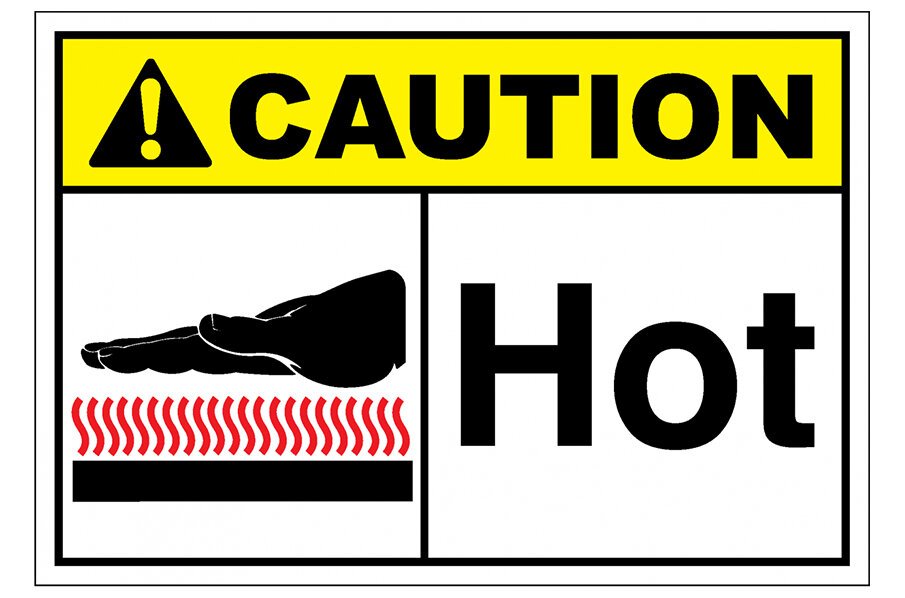Originally Published on NYTimes.com on 03/06/2008
by The Editorial Board
For about a year now, consumer groups have been waging a war against killer stoves.
It sounds like a bad horror movie, but it’s for real. Consumer advocates estimate that there have been at least 33 deaths and 84 serious injuries in recent years from stoves that suddenly tip over and burn or kill someone underneath.
Most of the victims have been children scalded by whatever is bubbling on top of the stove, or elderly people trying to get something in or out of the oven.
The stove grandma used probably couldn’t be moved or tilted without using a small forklift. Newer stoves, however, are different.
Many are so light that when their door is opened and weight is applied — by, for example, resting a pot on that open door for a moment — the entire appliance turns into a see-saw, spilling hot food and liquids on cooks and onlookers.
Worse, some stoves have been known to tilt and then fall over completely.
The solution is simple. An anti-tip bracket should be installed with every stove to keep it steady and upright while in use.
In a recent settlement of a class-action lawsuit, Sears agreed to install the necessary brackets on about four million free-standing or slide-in stoves that were sold, delivered, and connected by the store between July 2, 2000 and September 18, 2007. The company also agreed to install anti-tip brackets on all free-standing stoves delivered over the next three years.
The settlement is good news for Sears customers, but what about people who buy their stoves somewhere else?
So far, the Consumer Product Safety Commission hasn’t done a thing for them. Joan Claybrook, president of Public Citizen last month petitioned Nancy Nord, the acting chair of the commission, to begin recall proceedings against stoves sold by retailers other than Sears.
Discussions are still underway. Unfortunately, in recent years, the commission has been know for its close ties to industry, and its reluctance to stand up for consumer safety. Ms. Nord has been criticized for traveling on industry’s dime — and then failing to rein in industry.
This is not the first time the commission has been asked to fix these stoves. The first accidents started happening almost twenty years ago. After the Sears settlement, the commission did act on stoves — sort of, as Ed Mierzwinski of U.S. PIRG points out. The commission announced a voluntary recall of a toy stove after a child reported being bruised when it tipped over.
Toy stoves bruising children are bad, certainly, and should be stopped. But what about real stoves scalding and killing people?

